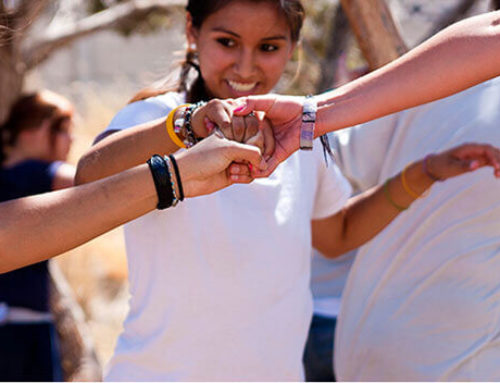When a teen or young adult enters residential treatment, parents are often surprised to learn the extent to which their child’s confidentiality is protected by the clinical staff. Parents are typically paying the treatment bill and may understandably feel entitled to know what is going on with their child. In addition, many parents of teens and young adults have not yet adjusted to their child’s evolving developmental need to differentiate (especially when trust has been violated) and may want detailed reports on everything from mood to dietary habits. While this desire for detailed information is normal and understandable, detailed information sharing is not always therapeutically beneficial (except in cases of imminent harm to self or others).
While the treatment team is treating the whole family system, they have a primary obligation to the student, according to Daniel Fishburn, an InnerChange clinical director. This means that educating parents about their child’s need for confidentiality is itself an important part of the child’s and the family’s treatment process. “Trust is the foundation of any therapeutic experience,” says Fishburn, “and confidentiality is a foundation for trust.”
But clinical confidentiality is not the only issue at stake; personal privacy, voluntary sharing, and boundary setting are also important aspects to consider in managing information flow at a treatment program. For the parent, there is therapeutic value (and sometimes great relief) in learning to let go and emotionally disentangle. Successfully managing these boundaries with parents requires a high level of early trust between the treatment team and the parent.
Fishburn emphasizes, though, that the key to effectively balancing confidentiality and sharing is to respectfully involve the student. “If they’re not the ones ultimately learning to make decisions about privacy versus sharing, we’re simply not equipping them for young adulthood.” Often, the therapist will encourage the student to share concerns and struggles with parents as an avenue for building healthy connections and interdependence, as opposed to the extremes of isolation or enmeshment. The more this sharing comes voluntarily (even if with coaxing) from the child instead of via a third party, the more that child’s understanding of the balance between privacy and interdependency is fostered.




